Species Photo Gallery for Erythroneura vitis Grapevine Leafhopper 27 |
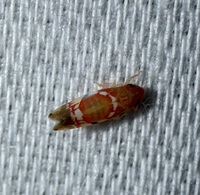 | Photo by: Marilyn Westphal
Henderson Co.
Comment: Attracted to UV light sheet | 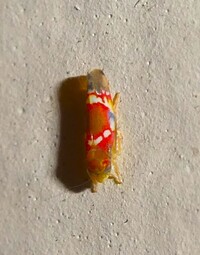 | Photo by: Simpson Eason
Wake Co.
Comment: |
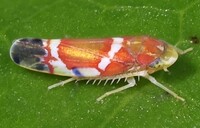 | Photo by: Rob Van Epps
Mecklenburg Co.
Comment: Attracted to UV light. |  | Photo by: Vin Stanton
Buncombe Co.
Comment: semi wooded residential neighborhood |
 | Photo by: Margarita Lankford
Swain Co.
Comment: https://www.inaturalist.org/observations/52182224 - unid_leafhopper |  | Photo by: Margarita Lankford
Swain Co.
Comment: https://www.inaturalist.org/observations/52182224 - unid_leafhopper |
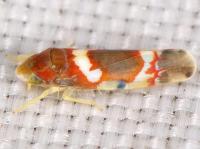 | Photo by: Mark Shields
Onslow Co.
Comment: |  | Photo by: Rob Van Epps
Mecklenburg Co.
Comment: Attracted to UV light. Yard near woods. |
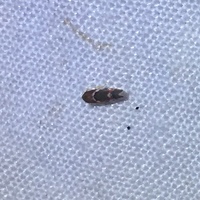 | Photo by: Randy Emmitt
Orange Co.
Comment: I’ve light | 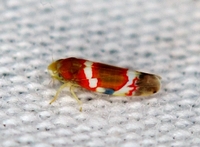 | Photo by: T. DeSantis
Durham Co.
Comment: ENRI |
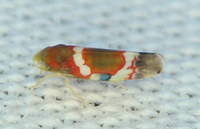 | Photo by: T. DeSantis
Durham Co.
Comment: ENRI | 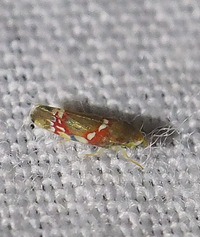 | Photo by: R Emmitt
Orange Co.
Comment: on moth sheet |
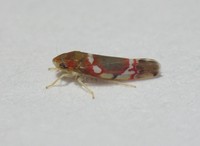 | Photo by: Rob Van Epps
Mecklenburg Co.
Comment: Hardwood forest, attracted to black light. | 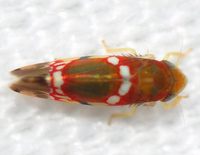 | Photo by: Kyle Kittelberger
Wake Co.
Comment: open forest habitat, near mixed hardwoods; on a lawn |
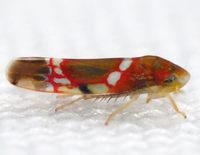 | Photo by: Kyle Kittelberger
Wake Co.
Comment: open forest habitat, near mixed hardwoods; on a lawn | 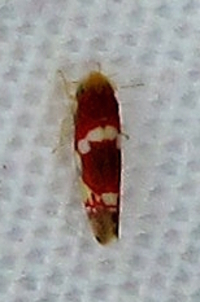 | Photo by: T. DeSantis
Camden Co.
Comment: DISW |
 | Photo by: Paul Scharf
Warren Co.
Comment: Attracted to Light |  | Photo by: Paul Scharf
Warren Co.
Comment: Attracted to Black Light |
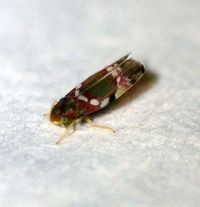 | Photo by: Paul Scharf
Warren Co.
Comment: Attracted to Black Light | 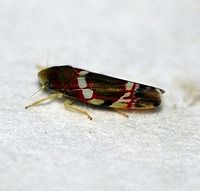 | Photo by: Paul Scharf
Warren Co.
Comment: Attracted to Black Light |
 | Photo by: Paul Scharf
Warren Co.
Comment: Attracted to Black Light | 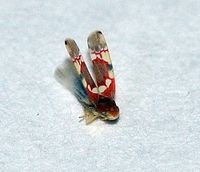 | Photo by: Paul Scharf
Warren Co.
Comment: Attracted to Black Light |
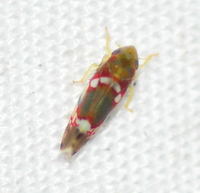 | Photo by: Kyle Kittelberger
Wake Co.
Comment: mixed hardwood forest habitat; a greener individual |  | Photo by: Kyle Kittelberger, Brian Bockhahn, Paul Scharf, Patrick Coin
Halifax Co.
Comment: grassy area and mixed hardwood forest edge near pine forest; some reddish individuals |
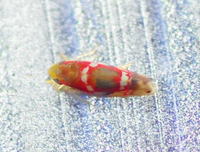 | Photo by: Kyle Kittelberger, Brian Bockhahn, Paul Scharf, Patrick Coin
Halifax Co.
Comment: grassy area and mixed hardwood forest edge near pine forest |  | Photo by: Paul Scharf
Warren Co.
Comment: Attracted to Black Light |
 | Photo by: Paul Scharf
Warren Co.
Comment: Attracted to Black Light |

 »
»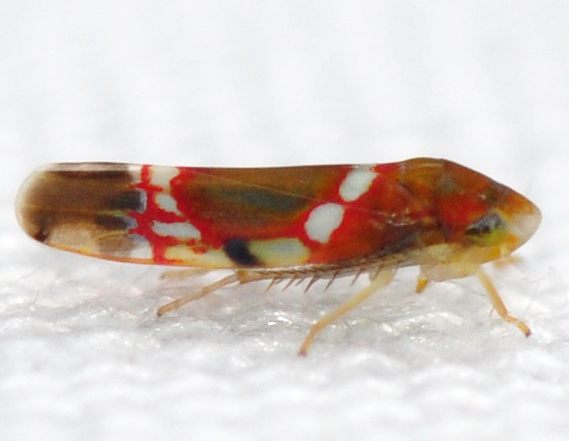
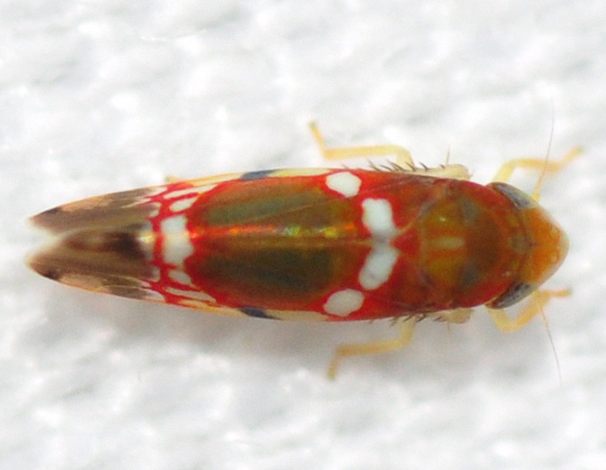
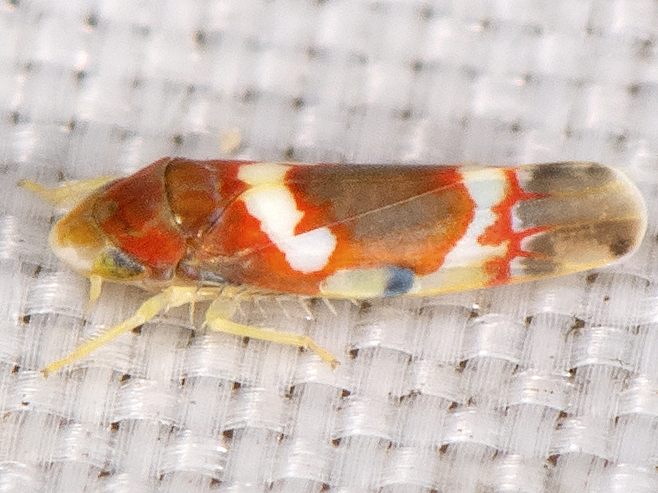

 »
»

